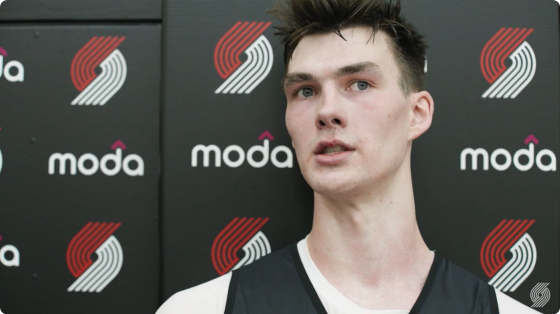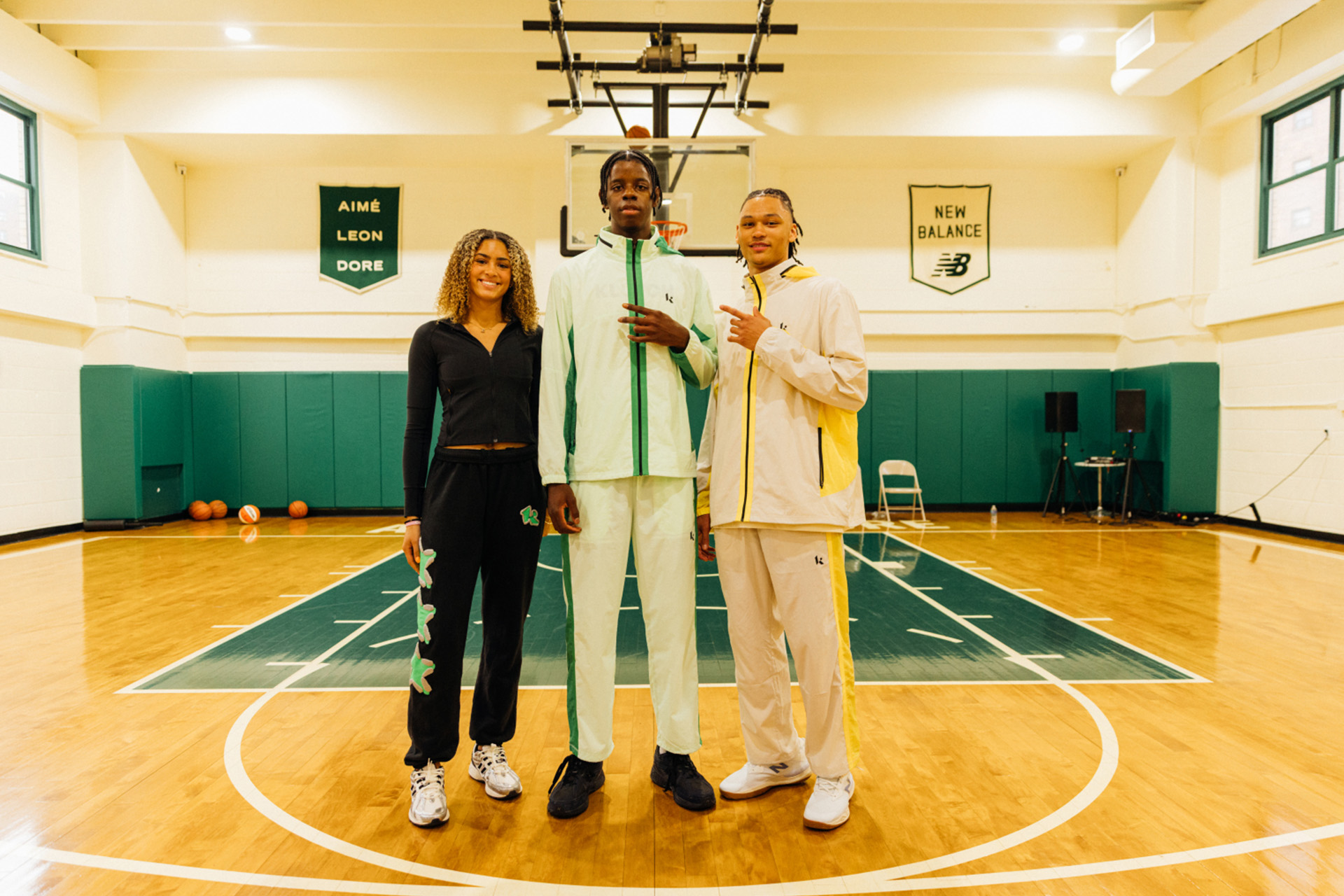Heading into Game 1 on Thursday, much of the Finals discourse has focused on the team’s stars. Will it be Jayson Tatum or Luka Doncic taking the title of Best Player Today? Who will prevail over their former team: Kristaps Porzingis or Kyrie Irving? Will Jaylen Brown complete his disrespect tour with a Finals MVP?
Alas, as our Rich Jensen is fond of reminding us, basketball is a team sport and a player’s stat line is just as much a reflection of the team’s strategy as it is their individual prowess and in this year’s Finals, it might also represent the opposing team’s strategy even more.
During the regular season, the Celtics ranked fifth in the NBA in opponents’ assists (24.9 per game). With a plethora of perimeter defenders, Boston had the luxury of switching on screens and playing in drop coverage which lead to fewer 2-on-1 and 3-on-2 advantages which lead to fewer catch-and-shoot and off-ball opportunities.
Now, the Mavericks aren’t exactly a pass-happy team. It’s no secret that Dallas’ offense is a two-headed heliocentric monster with Doncic and Irving at the controls. In March, the two combined for 48 shots which was more than half of the team’s entire field goal attempts. Two months prior, they took 50 of Dallas’ 97. If they both average 30 points per game, they could be well on their way to co-Finals MVPs.
However, that may be by design as long as Boston raises Banner 18.
That strategy was evident against the Cavaliers’ pick-and-roll duo of Darius Garland and Evan Mobley. Mobley (seemingly) had his way in Games 4 and 5, hitting an efficient 23-of-37 in the paint. Pundits were talking about Mobley finally turning a corner in his career. However, that may have just been the spider inviting the fly into its parlor. Here’s a snippet from former CelticsBlogger and The Athletic’s Jared Weiss on daring Cleveland’s two stars to beat them:
Mazzulla’s theory is that teams like Cleveland and Miami can shoot their way back into a series if 3-point variance falls their way. That was the primary factor for Miami’s 3-0 lead to start the Eastern Conference finals last year. And it was starting to take shape in Game 5 when Marcus Morris came back with a vengeance for a career shooting night.
So Mazzulla’s key was to make sure Cleveland couldn’t keep feeding the likes of Morris, Max Strus, and Sam Merrill throughout the night.
How did he do it? He invited the Cavs’ best players to try to take over, and it all traces back to Horford.
In the Eastern Conference Finals, Mazzulla also opted not to double Pascal Siakam and force the ball out of his hands. Against most Celtics defenders, the 6’8 Siakam had a height advantage and could shoot over them in isolation. Boston’s response? So be it. Siakam looked like Tim Duncan, averaging over 23 points on over 55% shooting. The same goes for the flash in the pan of Andrew Nembhard. In Games 3 and 4, he hit 22-of-39, predominantly in the mid-range. It was certainly a star turn for the rookie, but all in a four-game sweep and that’s really the point here. By giving Indiana what they thought they wanted, the Celtics got what they wanted, too.
Celtics’ Opponents’ Potential Assists
| Team | Regular Season | vs. Celtics |
|---|---|---|
| Team | Regular Season | vs. Celtics |
| Heat | 46.5 | 38.2 |
| Cavaliers | 48.7 | 38 |
| Pacers | 49.6 | 45.5 |
| Mavericks | 43.8 | 35.5 |
It didn’t necessarily make a huge dent in the Pacers’ egalitarian motion offense and their potential assists per game, but it baited them enough to affect their efficiency; their 120.5 regular season offensive rating was reduced to 114.8. In three games determined by a total of eleven points and an overtime, that mattered.
Admittedly, Doncic and Irving are more talented and potent than anybody the Celtics have faced in the playoffs so far, but that shouldn’t dissuade them from going away from their general strategy.
Boston boasts arguably the best defensive backcourt in the league with Jrue Holiday and Derrick White — both were named to the All-Defense Second Team this season. The Celtics will most likely switch on everything, so at that second level will be 6’6, 223-pound Jaylen Brown and 6’8, 210-pound Jayson Tatum. NBA.com’s John Schuhmann does a great job outlining the different coverages that the Celtics could employ against Dallas’ duo.
The bottom line is that being able to more or less stay home on the rest of the Mavericks could be the lynchpin of the enter Celtics’ defense scheme. Consider this: here are the assisted field goal percentages for Dallas’ role players so far in the playoffs:
- PJ Washington: 86.6%
- Daniel Gafford: 83.9%
- Dereck Lively II: 90.4%
- Derrick Jones Jr.: 89.1%
Those are astounding numbers, but as mentioned, Boston has been keying in on “the others” throughout the playoffs. Potential assists aren’t a perfect quantitative measure of how the Celtics’ defense is manipulating opposing teams. However, it does suggest that the team is happy to keep the ball in the hands of opposing stars rather than have them create for their teammates. That’s controlling the controllables, even in the case of Doncic and Irving.
In that March 1st game at TD Garden, Lively was 7-for-7 from the field (and 3-for-3 back on January 23rd in Dallas). That’s on par with his 16-for-16 in the conference finals against the Timberwolves and that’s the kind of easy, high efficiency output that Boston has to limit. The Celtics won both regular season games, but that’s the kind of peripheral performance that could win a game and with enough of those, a series.
In 1969, Jerry West averaged 37.9 points and 7.4 assists for the Lakers in the championship series. He was a worthy Finals MVP, but in the end, Boston beat LA 4-3 to raise the Larry O’Brien. Today’s Celtics would accept similar results — they might even be banking on it.






